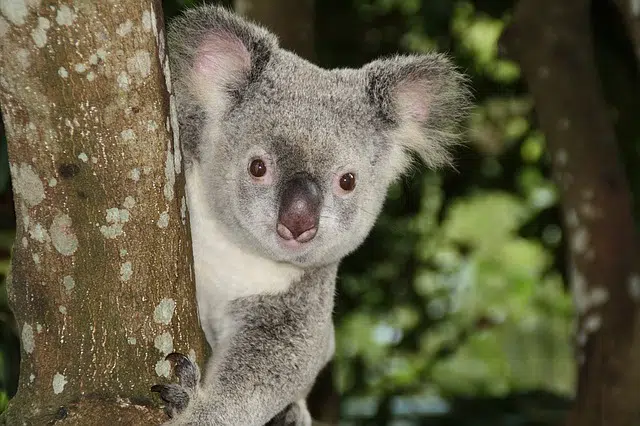
The conservation of species aims to guarantee their subsistence.
From the Latin conservatĭo , conservation is the action and effect of conserving (maintaining, caring for or saving something, continuing a practice of customs). The term has applications in the field of nature , food and biology , among others.
Environmental conservation or species conservation , for example, refers to the protection of animals, plants and the planet in general. This conservation aims to guarantee the subsistence of humans, fauna and flora, avoiding pollution and resource depredation.
Protection of animals and plants
The creation of protected areas (such as nature reserves or national parks) is one of the most frequent policies for environmental conservation. In these spaces, human activity is restricted. In addition to governments, there are numerous organizations that work for natural conservation , such as Greenpeace or WWF .
Conservation status is the indicator that reflects the probability that a species will continue to exist in the short or long term. It is based on the characteristics of the current population and the trends exhibited over time.
Conservation of artistic works
However, we cannot ignore the fact that the term at hand within what art is is also fundamental. Specifically, it is used to refer to the task in which experts carry out the maintenance of all types of works and are in charge of carrying out the necessary restoration tasks.
So that in the future future generations can fully enjoy sculptures or paintings, for example, the fundamental objective is to carry out conservation and restoration work that operates, therefore, with everything that It is the cultural heritage of a country.
To achieve this purpose, professionals in the sector undertake the analysis of the works of art, the relevant documentation on them, the care of all of them and the collections to which they belong, as well as the pertinent treatment that is deemed appropriate to correct cracks. or to remove accumulated dirt, among other functions.

There are different methods to promote food preservation.
Prevention, cure and restoration
In this sense, we could establish that there are three types of conservation within this area:
• Preventive, which, as its name indicates, is responsible for undertaking certain actions to prevent the work in question from suffering subsequent damage.
• Healing, which is what is developed to stop the damage that an artistic work is suffering and also to reinforce it.
• Restoration, which is intended to allow any work to be appreciated and understood in a much better way.
Food preservation
Food preservation , on the other hand, consists of various techniques to prolong the life and availability of food for humans or animals. Dehydration, pasteurization, adding salt, smoking and freezing are some of the most common procedures.
Food preservation is known as the result of a food handling process that allows it to be preserved in good conditions for a prolonged period. Thanks to this process, the action of microorganisms that can alter the sanitary conditions of the food is avoided.
